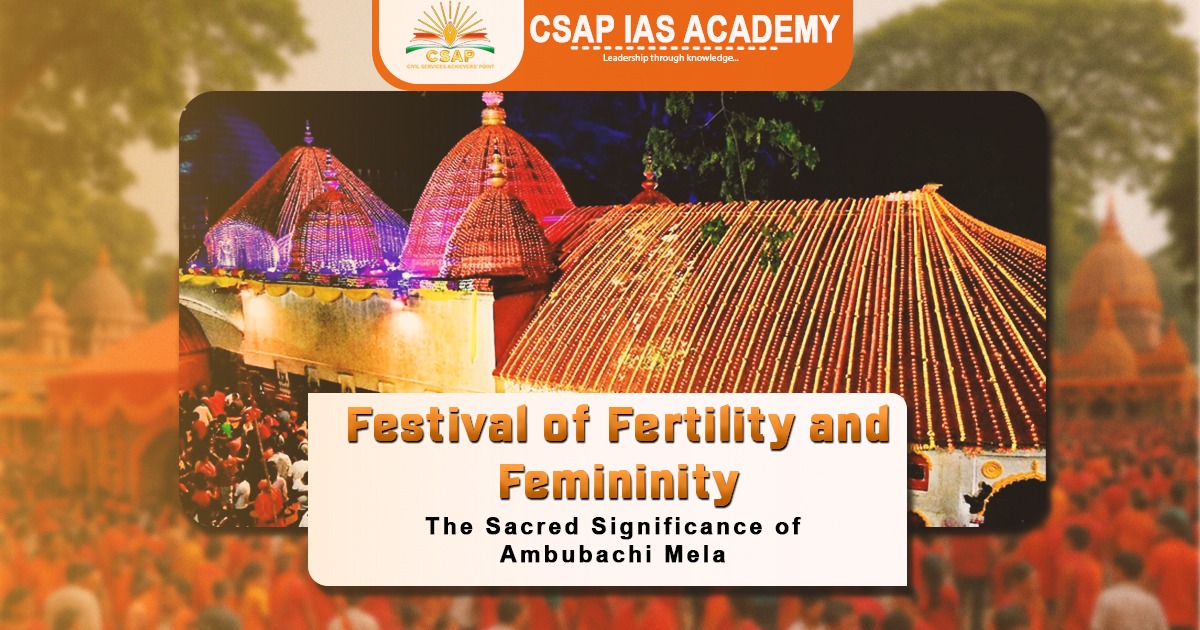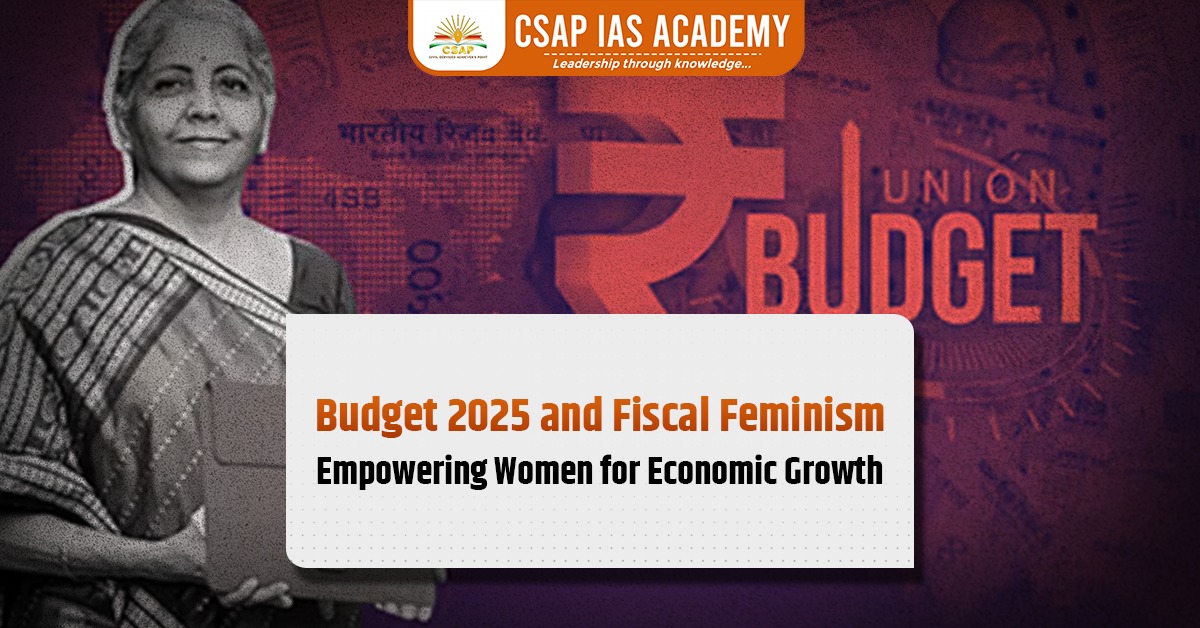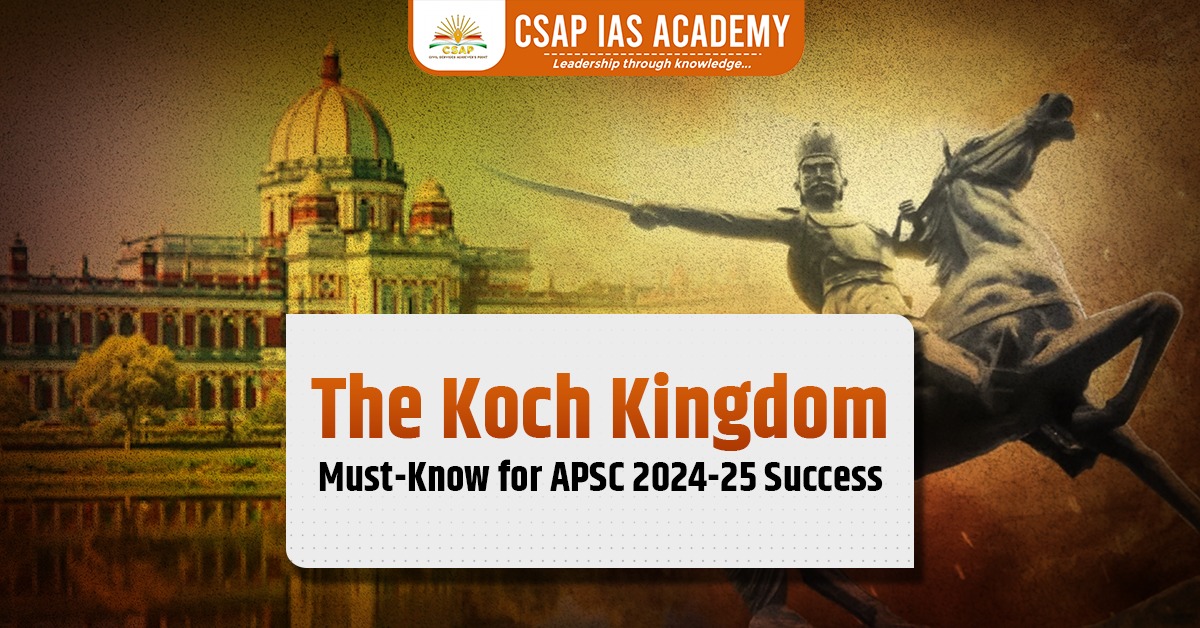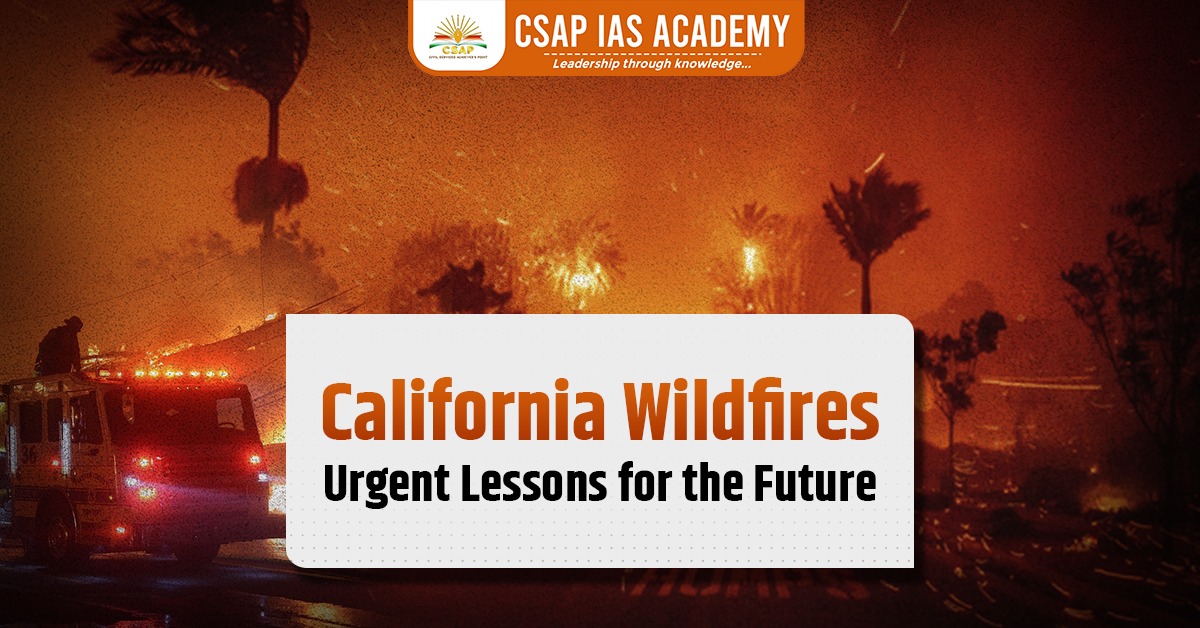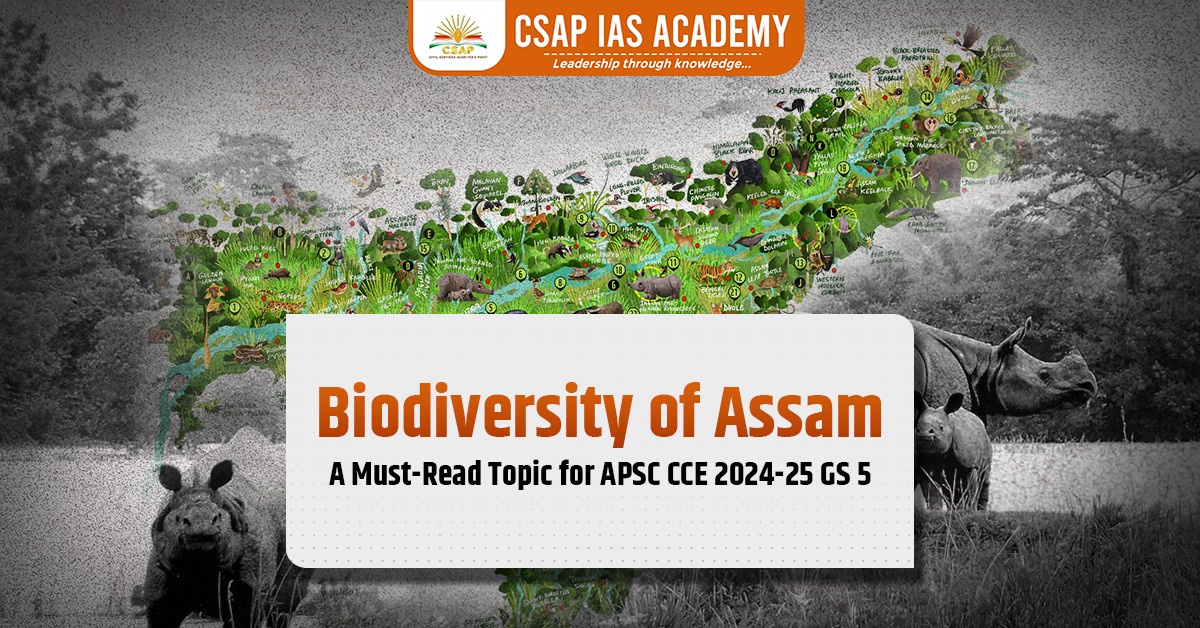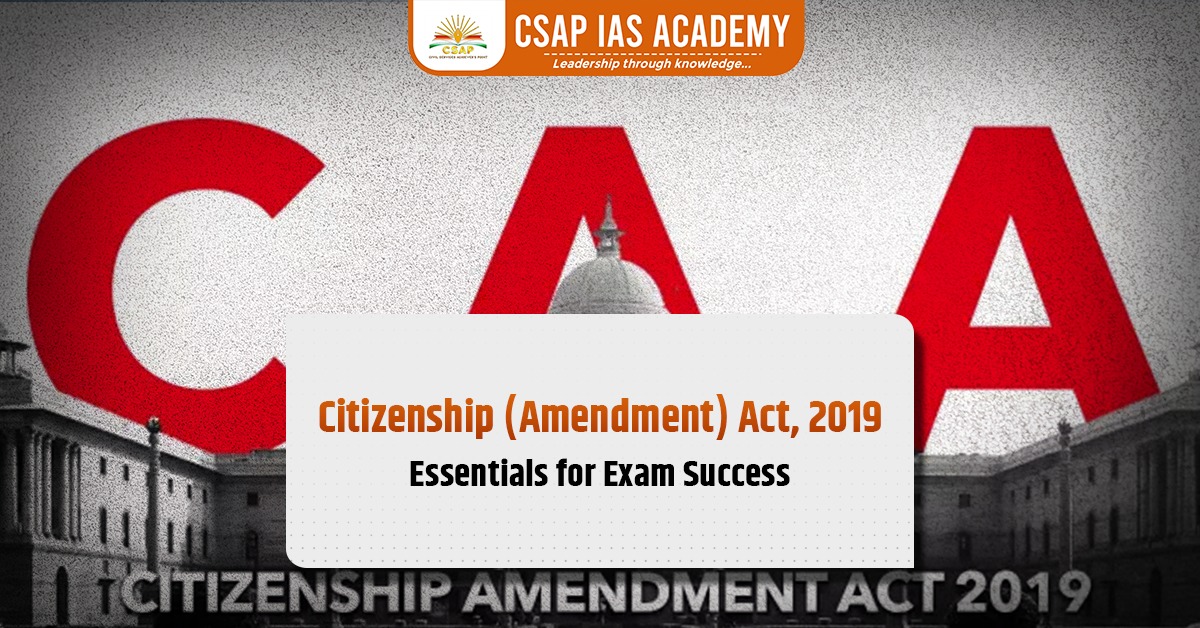Assam, the land of rolling green tea gardens, mighty rivers, and rich cultural heritage, is also renowned for its colorful and diverse festivals. These celebrations reflect the unique traditions, customs, and spirit of its people, blending spirituality, nature, and joy into unforgettable experiences. From the lively rhythms of Bihu to the spiritual grandeur of Doul utsav, Assam’s festivals are a testament to its vibrant cultural tapestry.
In this article, we’ll delve into the fascinating world of festivals of Assam, uncovering their origins, significance, and the ways they bring communities together in celebration. Join us as we explore the heartwarming festivities that make Assam a true cultural gem of India
Festivals of Assam
The festivals of Assam form an intrinsic part of their culture. It is the outpouring of beliefs and emotions of the people. Assam is a land where people of different faith and community celebrate different festivals in different seasons. Some of the popular festivals of Assam are as follows:
BIHU
Bihu, the essence of Assam, is celebrated with enthusiasm across the state. There are three Bihu festivals: ‘Bohag Bihu’ in ‘Bohag’ (Baisakh), ‘Magh Bihu’ in ‘Magh’ (January), and ‘Kati Bihu’ in ‘Kati’ (October). Each festival has its own significance and traditions, making it a vibrant celebration across the state.
ME-DUM-ME-PHI
The Tai Ahom faith, based on the phrase Me-Dum-Me-Phi, emphasizes that man is not reborn after death, and as such, the dead body is not burned but instead kept in a box and a “Maidam” is built. Me-Dam-Me-Phi is a festival in Assam where family members worship ancestors, elevating them to the position of ‘Phi’ or God. Popular in districts like Sivasagar, Dibrugarh, and Lakhimpur due to Tai Ahoms concentration.
The Ahom people observe the festival on January 31st, declared as a public holiday by the Government of Assam, recognizing its importance.
RAAS UTSAV
The Raas Lila is an annual festival in Majuli, India, performed on the full moon day (Purnima) in October November. The festival tells the story of Lord Krishna’s life, beginning with his birth, upbringing, and childhood activities. It includes his killing of demons and his amorous play with the Gopis.
The festival is performed by celibate inmates of the Udasin Sattras, who donning female costumes in the night. The performance involves various classes of musical instruments, music, dance, and artifacts such as masks and paintings. The first Raas Lila was performed at Dakhinpat Sattra in 1840 A.D. and continues with full ritual ways.
Pitambardeva Goswami of Garamur Sattra made Raas Lila into a stage performance in 1934, and in 1950, he permitted girls to take roles in the festival. Today, women participation is the normal way to carry out the Raas Lila performance in most centers.
The festival has a significant impact on the life and culture of the people of Majuli, and it is a part of the culture of the Sattras. During the festival, everyone is busy receiving visitors and performing various duties related to the festival.
ALI AI LIGANG
The Ali-Ai-Ligang Festival is a significant event in the Mishing tribe, marking the start of the New Year. The festival, which translates to harvest, involves the ritual sowing of paddy. The Mishing people wear traditional attire and pay respect to their ancient God, Donyi-Polo, by offering eggs and fish during this festival.
The Ali Ai Ligang Festival in Assam takes place in the spring. It is held every year on the first Wednesday of ‘Ginmur Polo’, which is February-March. The festival runs for five days.
The festival involves sowing paddy seeds, participating in ‘Gumrag’ dance, and hosting a grand community feast. Participants enjoy treats like ‘Poro Aapong’, dried fish, and pork, with ‘Purang Apin’ prepared by Mishings. The Mishings prepare boiled rice specifically for the festival.
Ancient rituals, such as cutting trees, ploughing, fishing, and burning jungles, are observed during the festival.
JUNBEEL MELA
Junbeel Mela, held annually in mid-January, is a significant festival of Assam involving people bartering goods, socializing, and returning to their villages without using currency. This event, typically during the weekend of the Assamese harvest festival, is considered the only occasion that revives the barter system.
Junbeel Mela, meaning ‘fair of the moon lake‘, is a community event held near a crescent-shaped lake. The fairground is an open area similar to a football field, and community fishing is common. Organized by the Tiwa community, it involves participants from various communities, including the Tiwa, Karbi, Khasi, and Jaintia, and some border villages of Meghalaya.
The festival begins with worship of the Fire, promoting world peace and harmony. It concludes with a community feast organized by the present King of the Tiwa Lalung tribe, Gobha Raja, who collects taxes from his subjects to continue the tradition.
The fair ends with an address by the King and a cultural gathering featuring diverse tribes’ traditions, songs, and dances. The tax is used to continue the festival every year.
The market offers a variety of fresh vegetables, fruits, rice cakes, dried fish, poultry, aromatic rice, cotton, lac, traditional costumes, cane and bamboo products, wooden furniture, handicrafts, and daily-use articles, with an atmosphere that’s more fun and merrier than serious business.
RONGKER
Rongker, a springtime festival, is performed at the start of the New Year, where elderly males pray to various gods and goddesses for the village’s well-being and good harvest. Women are not allowed to enter the worship arena.
CHOMANGKAN
Chomangkan festival is a death ceremony held by Karbis, organized by the funeral organization, for the sake of eternal peace. It lasts four days and nights and is mandatory for every person in the Karbi community, aiming for harmony and peace among the spirits.
KARAM PUJA
Karam Puja is a significant agricultural festival of Assam, celebrated on the eleventh day of the bright full moon (Purnima) of Bhado Ekadashi, usually on the eleventh day of August-September, centered around the Karam tree scientifically named Nauclea Parvifolia. On the auspicious day, people visit the jungle with drummers singing and dancing, cutting branches of the Karam tree. Unmarried, young girls carry the branches, singing in praise of the deity.
The branches are then planted in a cow-dung-porched ground, decorated with flowers, and brought to the village.
The Karam Puja is a traditional Hindu ritual where people gather around a tree to praise the deity. A tribal priest, called ‘Jhankar’ or ‘Dehuri’, offers germinated grains and liquor, known as ‘Haria’, to the deity. A fowl is killed, and blood is offered to the tree.
Women dance to drums, sing folk songs, and rejoice, originating the famous Adivasis dance form, ‘jhumur’. The puja concludes with a community feast and ‘Haria’ drinking.
BAISHAGU FESTIVAL
The Baishagu festival, celebrated by the Boro Kacharis tribe of Assam, is a festive event in April, marking the start of the New Year in the Assamese calendar. The Baishagu Festival begins with cow worship and ends with young members expressing gratitude to elders. Lord Shiva is worshipped with chicken and rice beer.
The festival features traditional musical instruments like Kham, Jotha, Khawbang, Taal, Gogona, and Siphung. All ages join in the celebration, and the festival ends with community prayer at Garjasal. The festival celebrates the unity and diversity of the community.
DOUL UTSAV
Doul Utsav, also known as ‘Deul’ in local dialect, is a vibrant festival of Assam, particularly in Barpeta. It is a festival of color and happiness, with the Barpeta Satra, a revered Vaishnavite center, representing a unique atmosphere during the spring. This festival attracts people from around India, the world, and Assam to witness its grand style.Holi geets, or songs, are a unique cultural contribution of Barpeta Doul Utsav.
Bamboo crashing is a thrilling part of the festival’s last day, with the town tinted pink. This spectacular sight attracts people from across the country and foreign tourists to witness the zeal and seek Lord Krishna’s blessings during this festival.
BISU FESTIVAL
The Bisu of the Deoris is a religious and secular festival that begins on the first Wednesday of the Bohag month, marking the worship of their god Kundi-Mama. The festival involves a sacrifice of thirteen fowls at the priest’s sal, where young and old people dance and sing together. The next day, they bathe in the river and bathe their cattle. The festival continues until the next Wednesday, with young girls and boys performing at the Gosani Sal’s open Marang house.
However, the Deoris have reservations about entering the thanghar, as they consider ‘dumahi’ to be inauspicious and do not celebrate the Sankranti of magh or Bohag bihu as done by the general Assamese community. They consider only the first Wednesday after the magh or Bohag Sankranti as uruka, and only then perform puja in the thanghar.
AMBUBASHI MELA
The temple is one of 51 Shaktipeeths representing body parts of Lord Shiva’s companion, the Sati, is home to the yoni, a female genital symbol represented by a rock. The temple hosts thousands of tantriks and sadhus, showcasing their psychic powers. In June, the Goddess undergoes her menstrual cycle, leading to closure of all Assam temples, including Kamakhya Temple, and no religious activities.
After three days, she is bathed and other rituals are performed. On the fourth day, temple doors are reopened, and prasad is distributed in the form of ‘Angodak’ and ‘Angabastra’, which are cloth soaked in the Goddess’s menses. This practice is believed to be a sacred ritual. Ambubashi Mela, celebrated annually during the mid June monsoon season, attracts a large number of devotees to perform religious rituals during this time, marking a significant event in the region.
Read: Music of Assam
Download App:



